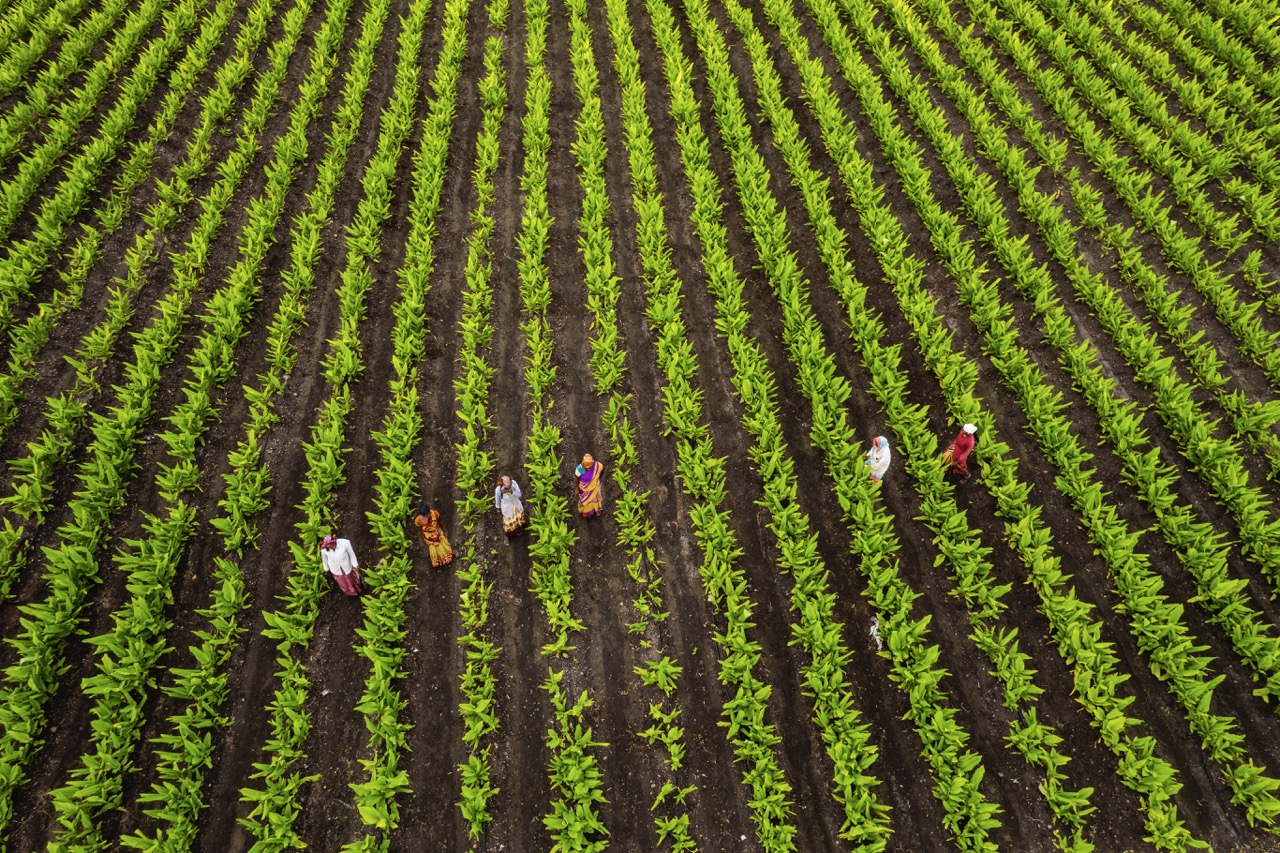In the dynamic landscape of agriculture, sharecropping offers a unique model that balances the needs of landowners and farmers. As environmental concerns rise and the demand for sustainable practices grows, integrating agroecology into sharecropping can provide significant benefits. Agroecology emphasizes the use of ecological principles in agricultural practices, fostering a system that is not only productive but also sustainable and resilient. This article explores the core tenets of agroecology, assesses current practices, outlines practical steps for integration, and presents case studies of successful models in action.
Understanding Agroecology: Principles and Benefits for Sharecroppers
Agroecology encompasses a holistic approach to agriculture, prioritizing biodiversity, sustainability, and local knowledge. At its core, it promotes the idea that agricultural systems must be integrated with natural ecosystems. This not only enhances food security but also addresses issues like soil degradation and climate change, which are particularly relevant for sharecroppers who may face precarious economic situations. By adopting agroecological practices, sharecroppers can improve soil health, enhance crop resilience, and reduce reliance on chemical inputs, allowing for a healthier environment and potentially lower costs.
The benefits of agroecology extend beyond mere ecological considerations. For sharecroppers, diversifying cropping systems can lead to greater economic stability. By growing a variety of crops, farmers can reduce risks associated with market fluctuations and crop failures. Additionally, agroecological practices like intercropping and agroforestry can provide multiple revenue streams, allowing sharecroppers to leverage their plots more effectively. This diversification also helps to build stronger community ties, as farmers often share knowledge and resources to cultivate their agroecological practices.
Moreover, agroecology fosters social equity by empowering smallholder farmers and sharecroppers. By valuing local knowledge and practices, agroecology supports community-driven development. This approach can help sharecroppers assert more control over their production processes, negotiate fairer terms with landowners, and improve their livelihoods. Ultimately, the integration of agroecology into sharecropping not only enhances agricultural productivity but also contributes to a more equitable and sustainable food system.
Assessing Your Current Practices for Agroecological Integration
To successfully integrate agroecology into sharecropping, a thorough assessment of current practices is essential. This includes evaluating existing farming techniques, crop selections, and resource management strategies. Sharecroppers should start by documenting their current methods and identifying areas where ecological principles could be more effectively applied. For example, assessing soil health and fertility can provide insights into whether chemical fertilizers are being overused or if organic alternatives could be beneficial.
Additionally, sharecroppers should examine their water management practices. Traditional irrigation methods may not always align with agroecological principles, which emphasize water conservation and efficient use. Identifying opportunities for rainwater harvesting, drip irrigation, or the creation of swales can lead to more sustainable water usage. Further, analyzing local biodiversity and awareness of native species can enhance the understanding of how to incorporate effective pest management strategies, reducing dependency on chemical pesticides.
Lastly, engaging with local agricultural extension services or cooperatives can provide valuable feedback and resources for assessing current practices. These organizations often offer workshops, training, and support networks that can help sharecroppers identify gaps in their practices and explore agroecological methods. By building strong connections with these entities, sharecroppers can gain insights into best practices, access technical assistance, and develop a community of support for their transition toward agroecological integration.
Practical Steps to Implement Agroecology in Sharecropping
Implementing agroecological practices in sharecropping involves a series of practical steps that can be tailored to individual circumstances. First, sharecroppers can begin by diversifying their crops. This may involve introducing cover crops, which can enhance soil fertility and structure while suppressing weeds. Cover crops such as clover or vetch can also play a vital role in nitrogen fixation, improving soil nutrients for subsequent cash crops. By rotating crops and using polyculture techniques, sharecroppers can build resilience against pests and diseases, reducing reliance on chemical controls.
Second, integrating agroecological practices requires a shift in resource management. Sharecroppers can adopt composting methods to create organic fertilizers that enrich soil health. By composting crop residues and organic waste, farmers can close nutrient cycles on their farms. Additionally, implementing agroforestry—growing trees alongside crops—can enhance biodiversity, provide shade, and create microclimates beneficial for crop growth. This approach not only improves land productivity but also contributes to carbon sequestration efforts.
Finally, fostering community engagement is essential in implementing agroecology successfully. Sharecroppers should connect with local farmers to share experiences and collaborate on agroecological practices. Participating in farmer cooperatives or community-supported agriculture (CSA) can facilitate knowledge exchange and resource sharing. Educational workshops or field days focusing on agroecological practices can be organized to enhance understanding and inspire collective action. By working together, sharecroppers can create a supportive network that encourages the adoption of sustainable agricultural practices.
Case Studies: Successful Agroecological Sharecropping Models
Examining successful case studies can provide valuable insights into effective agroecological sharecropping models. One notable example is the system employed in Brazil’s Landless Workers’ Movement (MST). This grassroots movement has successfully implemented agroecological practices across its settlements, embracing permaculture, agroforestry, and organic farming. Sharecroppers within the MST have dramatically increased their yields while promoting biodiversity and improving soil health. Their model emphasizes collective action, where sharecroppers work together to build resilience against economic and environmental challenges, setting a precedent for sustainable agriculture.
In India, the Navdanya movement highlights how agroecology can empower sharecroppers. Founded by environmental activist Vandana Shiva, Navdanya promotes seed sovereignty and biodiversity. Through community seed banks, sharecroppers can access indigenous seeds that are well-adapted to local conditions. This approach not only safeguards traditional farming practices but also fosters resilience to climate change. By focusing on agroecological principles, farmers involved in the Navdanya movement have reported improved crop yields and enhanced food security, while also preserving local ecosystems.
Another successful model can be found in the agroecological practices adopted by smallholder farmers in Cuba. Faced with severe resource constraints following the collapse of the Soviet Union, Cuban farmers turned to organic farming and agroecology. By relying on local resources, implementing crop rotation, and using organic pest management techniques, they successfully transformed their agricultural landscape. The integration of agroecological principles led to increased food production, improved soil health, and greater community resilience. These case studies exemplify how agroecology can transform sharecropping into a sustainable and profitable venture.
Integrating agroecology into sharecropping practices presents an opportunity for both environmental sustainability and economic stability. By understanding the principles of agroecology, assessing current practices, and taking practical steps toward implementation, sharecroppers can enhance their resilience amid growing challenges. Learning from successful models around the world highlights the potential of agroecology to empower communities and foster sustainable agricultural systems. As the agricultural landscape continues to evolve, embracing agroecology could pave the way for a more equitable and sustainable future for sharecroppers and the broader agricultural community.










